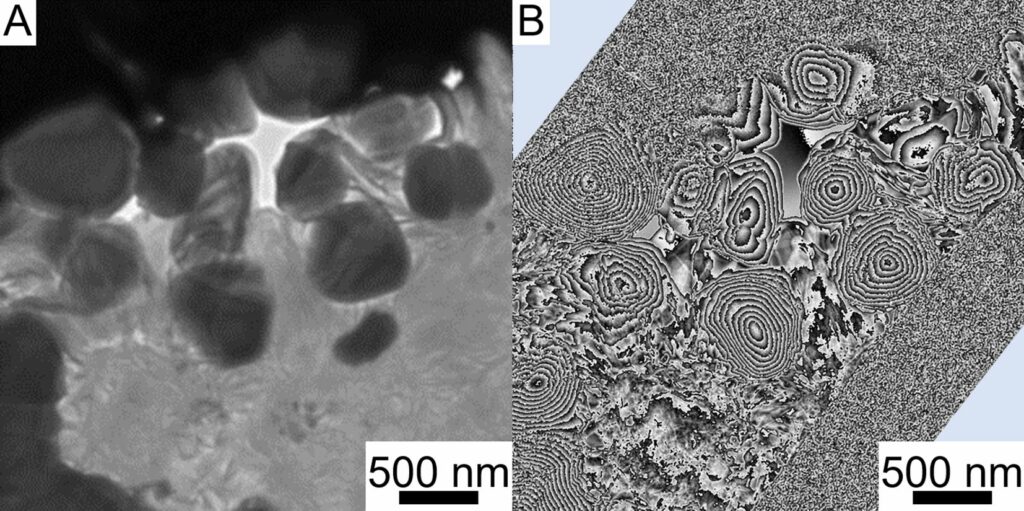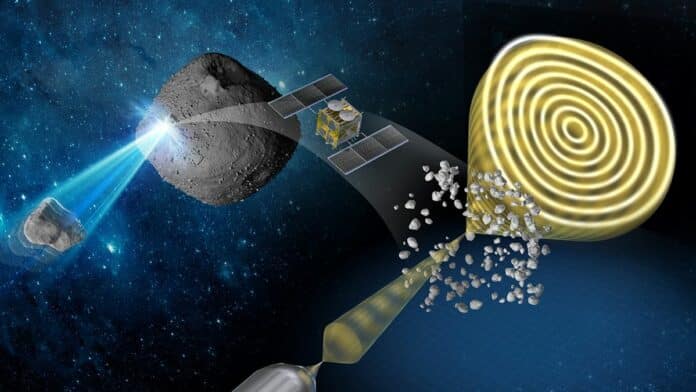Exposure to solar wind and micrometeoroid bombardments can change the surfaces of small bodies in the Solar System without atmospheres. This process is known as space weathering. Studying the resultant traces of space weathering can potentially provide a detailed understanding of interplanetary processes, such as the relative ages of surfaces on airless bodies and accurate interpretation of remote sensing data.
A recent analysis of Ryugu samples revealed evidence of changes experienced by the surface of the asteroid Ryugu. A new study from Hokkaido University scientists suggests that these changes are probably due to micrometeoroid bombardment.
In June 2018, the Hayabusa2 spacecraft reached asteroid Ryugu and brought back the asteroid samples in December 2020. The analysis of the samples offers new insights into interplanetary space’s magnetic and physical bombardment environment.
For this study, the team used a technique called electron holography. In this technique, the electron waves enter the samples, revealing their structure and magnetic and electric properties.

Professor Yuki Kimura at Hokkaido University said, “The signatures of space weathering we have detected directly will give us a better understanding of some of the phenomena occurring in the Solar System. The strength of the magnetic field in the early solar system decreased as planets formed, and measuring the remnant magnetization on asteroids can reveal information about the magnetic field in the very early stages of the solar system.”
“In future work, our results could also help to reveal the relative ages of surfaces on airless bodies and assist in the accurate interpretation of remote sensing data obtained from these bodies.”
After careful examination, scientists discovered the presence of nonmagnetic framboids, composed of magnetite, a form of iron oxide, had utterly lost their average magnetic properties.
Scientists believe this resulted from a collision with high-velocity micrometeoroids, which range in diameter from 2 to 20 micrometers. Thousands of metallic iron nanoparticles covered the framboids. Further research on these nanoparticles should shed light on the magnetic field the asteroid has encountered over extended periods.
Professor Yuki Kimura at Hokkaido University said, “Although our study is primarily for fundamental scientific interest and understanding, it could also help estimate the degree of degradation likely to be caused by space dust impacting robotic or human-crewed spacecraft at high velocity.”
Journal Reference:
- Kimura, Y., Kato, T., Anada, S. et al. Nonmagnetic framboid and associated iron nanoparticles with a space-weathered feature from asteroid Ryugu. Nat Commun 15, 3493 (2024). DOI: 10.1038/s41467-024-47798-0
